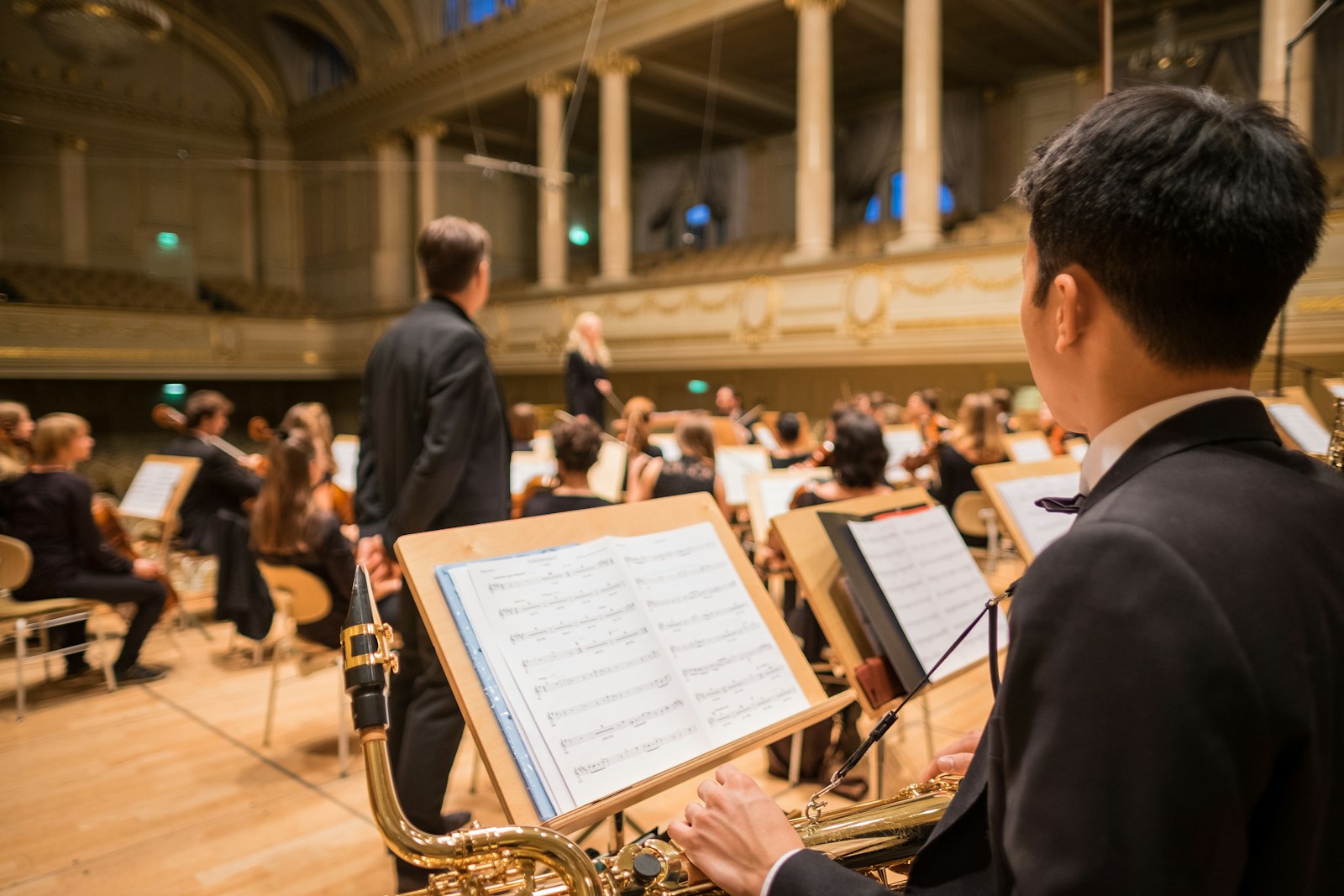Modern ecommerce and traditional entities rely on animated video production to get their products and services out in the public eye. Non-profits and government organizations also use animated videos to deliver messages as part of outreach, communication strategies, or public education campaigns. Even educators at all levels, from early childhood to university, use these videos. But what are animated videos, and how are they produced?

Animated Videos and Animated Video Production
Animated videos incorporate a combination of text images and audio to create a message or tell a story. The images in animated videos are ‘animated’ by being presented strategically in a series to give the illusion of movement or progression. Typically, as the video progresses, text and audio are added to augment the experience.
Experts combine their video creation and graphic designing skills with the modern tools such as animated video production software to create these videos.
Animated Video Production-The Process
When executed effectively, the animated video production process begins with a concept and ends with a professionally crafted animated video.
The video’s script must first be drafted. To draft the script, the animated video producing team will need to discuss the concept and vision for the video with the client. These discussions will also include other essential issues such as the desired length of the script and the type and volume of characters required. Once there is a clear understanding of this, the team can go ahead with the drafting of the video’s script. When the script is finalized and approved by the client, the way is clear for production to begin.
The second phase includes the creation of the graphics that will be infused into the video. During this phase, the concept is turned into a rough production, to be fine-tuned later. During this phase, a professional graphic designer will convert the concepts into a series of images that, when inputted into the video, will make your ideas come to life. The video producer will then place these images strategically into a frame to produce the required movement. The work in this phase results in a storyboard that is designed to deliver a message or tell a story. The client should be allowed to examine this storyboard to ensure that what was envisioned or discussed is what has been produced.
Audio is then added either through voiceover or through the addition of a prerecorded audio clip. The audio content that is added should have been determined from the consultation stage, but if not, the time used to review the storyboard is a good time to determine the type of audio to use.
The final phase is where the animation takes place. This phase requires meticulous attention to detail. Animators must, for example, ensure that sounds correspond with movement and that the sequence of movement is logical. It is also at this final stage in the process that the video is edited to ensure that there is a seamless and logical flow within the frame and that the audio complements the video perfectly.
Once all parties, especially the client, are satisfied with the quality of the video, a finalized version is delivered.

